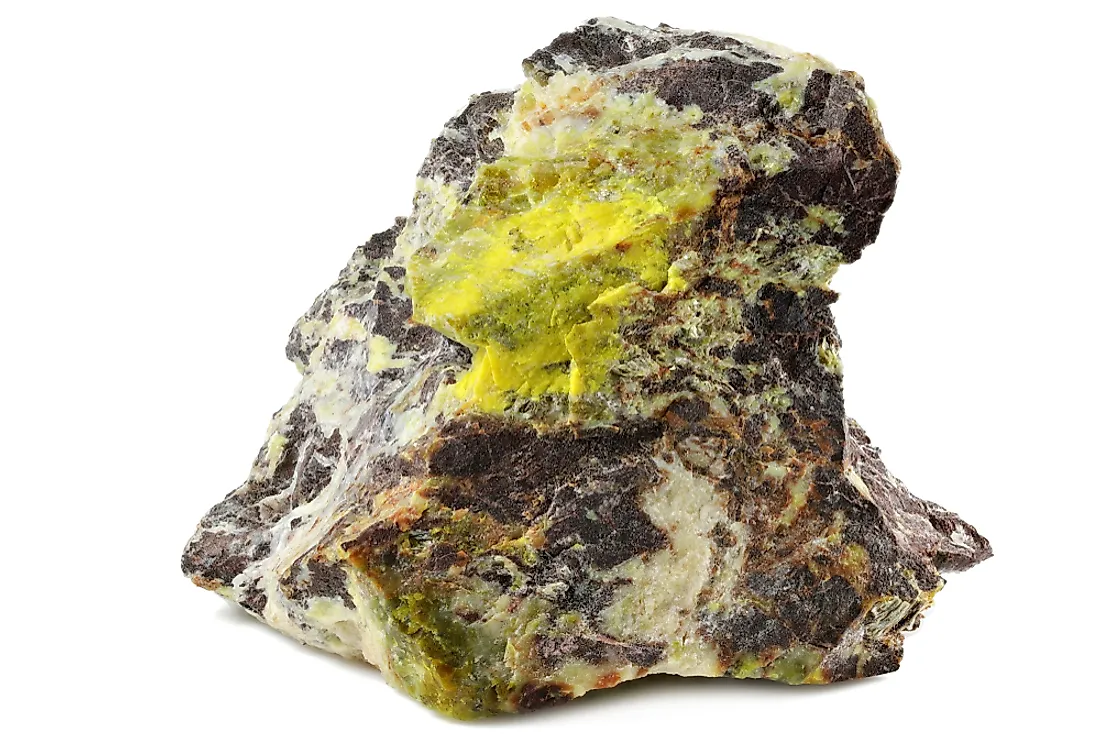What is Uranium Used For?

Uranium is a silvery-grey metal that is radioactive. It is the ninety-second element on the periodic table. It is a weakly radioactive element whose half-live ranges from 159,200 years to 4.5 billion years. Uranium 235 and uranium-238 (accounting for 99% of the uranium on the planet) are the most common naturally occurring uranium isotopes. The atomic weight of uranium is 70% higher than that of lead and lower than that of tungsten and gold.
When Was Uranium Discovered?
Martin Klaproth discovered this element while he was working in his laboratory in 1789 in Germany. Martin precipitated sodium-diuranate (yellow compound) by melting uraninite in nitric acid. He neutralized the mixture by adding sodium-hydroxide. Martin assumed that the yellow compound was an oxide of an undiscovered metal and he heated it to extract a black powder. The black powder which Martin extracted was an oxide of uranium. Martin concluded that the black powder was a newly discovered metal which he named after Uranus.
Peligot Eugene became the first human being to isolate uranium in 1841 when he heated uranium-tetrachloride with potassium. Becquerel Henri discovered radioactivity in 1896 when he left a potassium uranyl-sulfate on a photographic plate in a drawer. Henri noticed that the plate became fogged and concluded that uranium emitted some rays that affected the plate.
The Uses Of Uranium
Energy Production
Uranium is a crucial compound that is used to power the nuclear power plants which generate electricity. Theoretically, a kilogram of Uranium-235 produces over 20terajoules of energy. Most nuclear power plants are powered by uranium-enriched fuel containing 3% uranium-235. The chemical-reaction is controlled by various nuclear-absorbing materials. The energy produced by Uranium-235 creates steam that turns the turbines in the power plant which generate electricity. Uranium-238 can easily decay in a breeder reactor to form plutonium-239. Plutonium-239 can sustain chemical reactions. The only naturally-occurring isotope that can maintain a reaction is Uranium-235.
Military Usage of Uranium
In the military, this element can be used to create high-density penetrators (ammunition). The penetrators are composed of DU (depleted uranium) that is alloyed with 2% of other minerals like molybdenum and titanium. At very high speed this ammunition can destroy a heavily armored target. Removable vehicle armors and tank armors are also hardened by the DU plates. The DU is also added to the shielding materials of various container that transport and store radioactive materials. Even though the DU is radioactive, its hardness makes it effective for stopping radiation from various strong radioactive materials than lead. DU is preferred over other dense elements because of its ability to be easily cast and its low price.
Other Uses of Uranium
The usage of this metal dates back to 79CE when people used it in the glazing industry. Uranium is used in the wood and leather industry for dyes and stain, in photographic chemicals, and in making the filament of the stage-lighting bulbs. Uranium salts are the dye fixatives of wool or silk. The discovery of radioactivity introduced a new usage of uranium in science. The long half-life of uranium-238 isotopes made it possible to estimate the age of an igneous rock.











